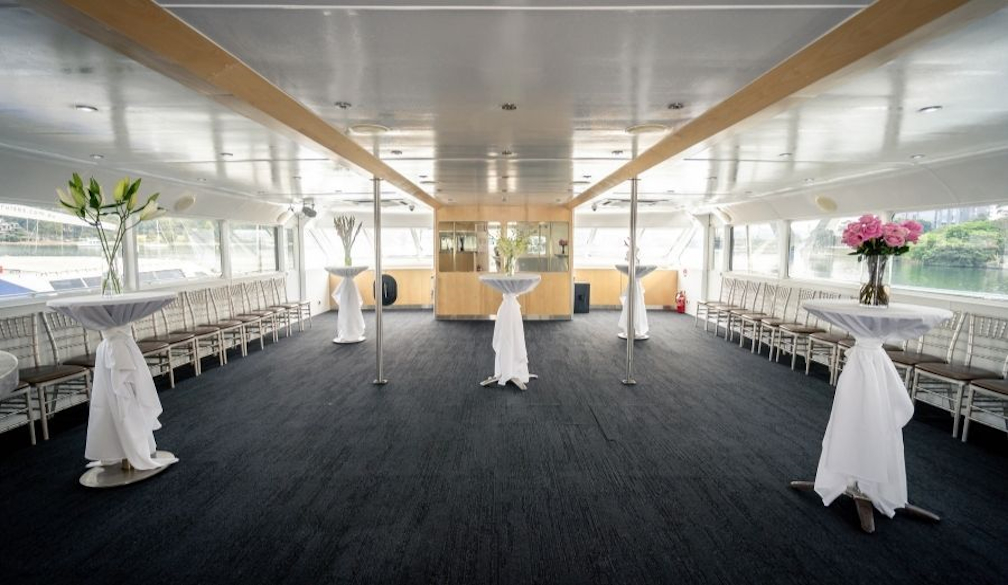Here's what a population policy for Australia could look like
- Written by Liz Allen, Demographer, ANU Centre for Social Research and Methods, Australian National University

Australia is, apparently, in the midst of a population “crisis” – just this month, we passed the milestone of 25 million people. The nature of the crisis depends on the day and who you ask. Size and growth have become an increasing public preoccupation, particularly as immigration has held firm over the last 12 years as the major contributor to population growth.
Australia’s workforce is shrinking due to population ageing. This puts more pressure on young people to contribute enough personal income tax to fund the Australia we’ve become accustomed to. Immigration is one way to ensure Australia has the labour force it needs to offset the financial challenges of an ageing population.
Read more: Migration helps balance our ageing population – we don't need a moratorium
But the population and population growth is unequal across Australia. The Turnbull government has signalled it will introduce a population policy (of sorts) by the end of the year. This will reportedly focus on settlement of immigrants in regions outside major cities.
The problem is that many people are conflicted about whether the population should continue to grow at all. A population policy offers a way for the country to be prepared and respond to the current and future needs of Australians. So, what would a good population policy look like?
Well-being, not control
The difficulties of the breadth of population-related matters in policy can be overcome, or at least minimised, by having a minister or agency with oversight over the progress of the population framework. The framework, which would include measurable indicators, would report and monitor success towards population-related well-being. This could provide an opportunity for the public to be involved and remain informed.
Population policies are usually focused on the components of population change: births, deaths and migration. Many people hold the mis-perception population policies are about control, and this isn’t surprising given the restrictive population policies in China.
But contemporary population policies, for countries like Australia, are less about controlling numbers and more about ensuring population well-being. The core tenet of a population policy for Australia should be about the population’s quality of life, now and into the future.
Read more: Australia doesn't have a population policy – why?
Health and education are central to quality of life. Babies born today or in the future should receive sufficient government investment to have a good start at life, particularly with respect to health and education. This means adequate housing and welfare support for families and children, quality equitable education and accessible and affordable health-care.
Gender inequality – both at home and in the workplace – are important elements to the population policy puzzle. Childcare and family support payments are crucial to population well-being, particularly among working parents.
A contemporary population policy for Australia should also include considerations of the use of land for agriculture, mining, water consumption and sources, and the degradation of natural parklands. Mandated environmental behaviours are overdue, and crucial to food and climate security.
Not the size that matters
Focus on population growth rates and size belies the nuances of the population context. It’s not size or growth that matters, but the characteristics and distribution of the population.
Strategies that seek to attract and retain populations outside the city limits will take the pressure off cities with the highest growth – such as Melbourne, Sydney and Brisbane. And these strategies shouldn’t just consider immigrants are beneficiaries of settlement incentives — Australian locals could participate in such a scheme.
Essential services, such as schools and hospitals, are based around populations. That is, hospitals are built where there is already enough demand. Yet adequate infrastructure must already be present for viable communities in regional areas to attract people to move there.
Read more: How many people make a good city? It's not the size that matters, but how you use it
A settlement strategy could also incorporate investigations and investments in the way Australian towns and associated infrastructure can best support communities. This can include such things as employment opportunities, appropriate housing, transport and telecommunications.
Nhill, a town in the Wimmera region of western Victoria, embarked on a strategic resettlement program for a group of Karen refugees from Myanmar in 2010. A report by Deloitte Access Economics showed an estimated increase of more than A$40 million in Gross Regional Product over five years as a result of this strategy. This serves as a good example for how community and industry can work together to attract people to help bolster local business.
A policy is long overdue
Population ageing means we need to take action now to guarantee Australia’s future social and demographic sustainability.
Australia is long overdue for a sensible strategy for the future. Australia doesn’t need an immigration plebiscite (or even consensus) or another population inquiry to advance a population policy. We need evidence based decision-making which will ensure sustainability and quality of life into the future.
Public consultation and government-commissioned quality research to inform the future needs of the migration program will ensure the parameters of population policy are right for Australia.
A population policy for Australia should provide a blueprint for the future; a framework for what the nation aspires to be, and achievable goals to get there.
Authors: Liz Allen, Demographer, ANU Centre for Social Research and Methods, Australian National University
Read more http://theconversation.com/heres-what-a-population-policy-for-australia-could-look-like-101458

















